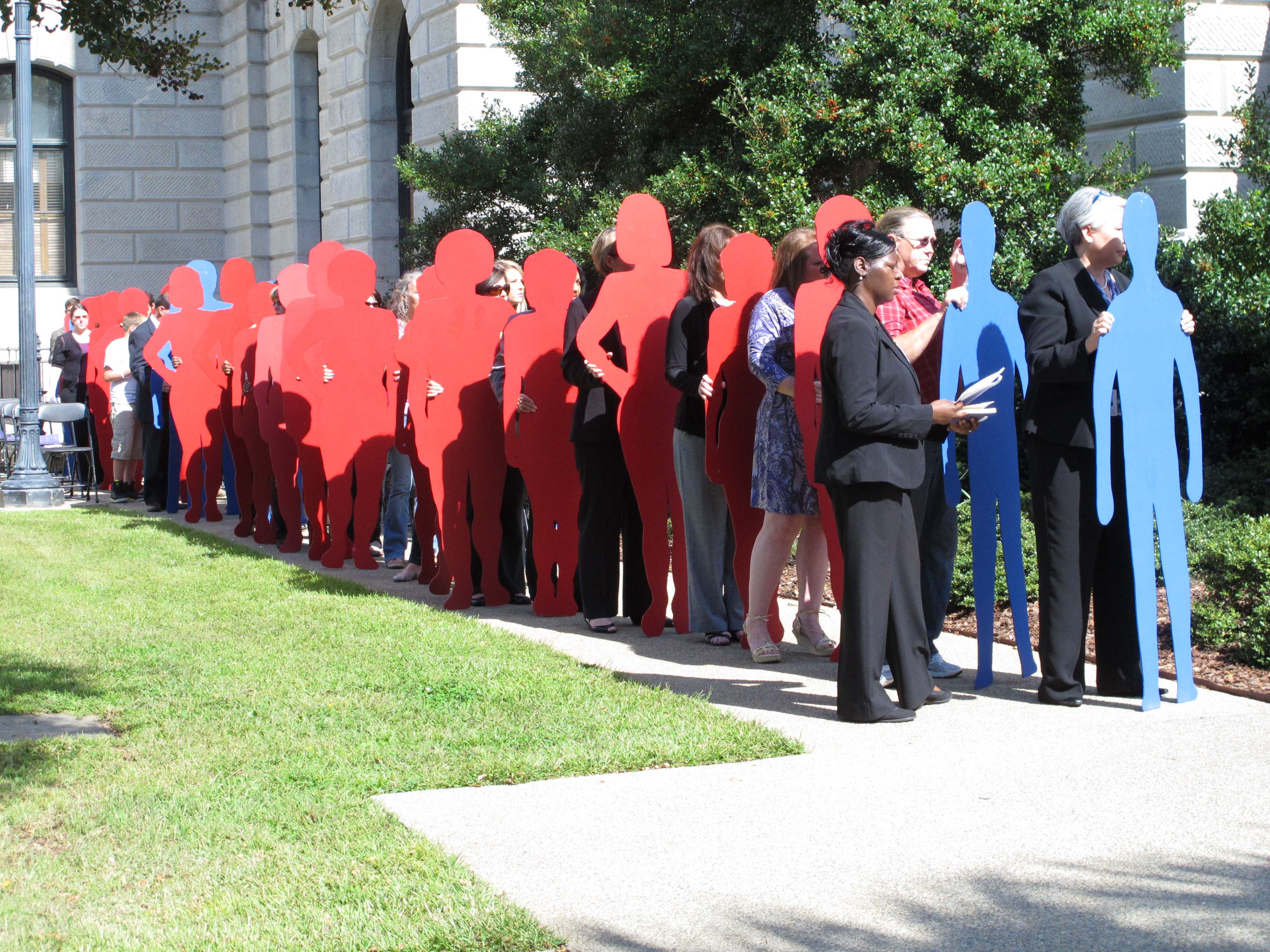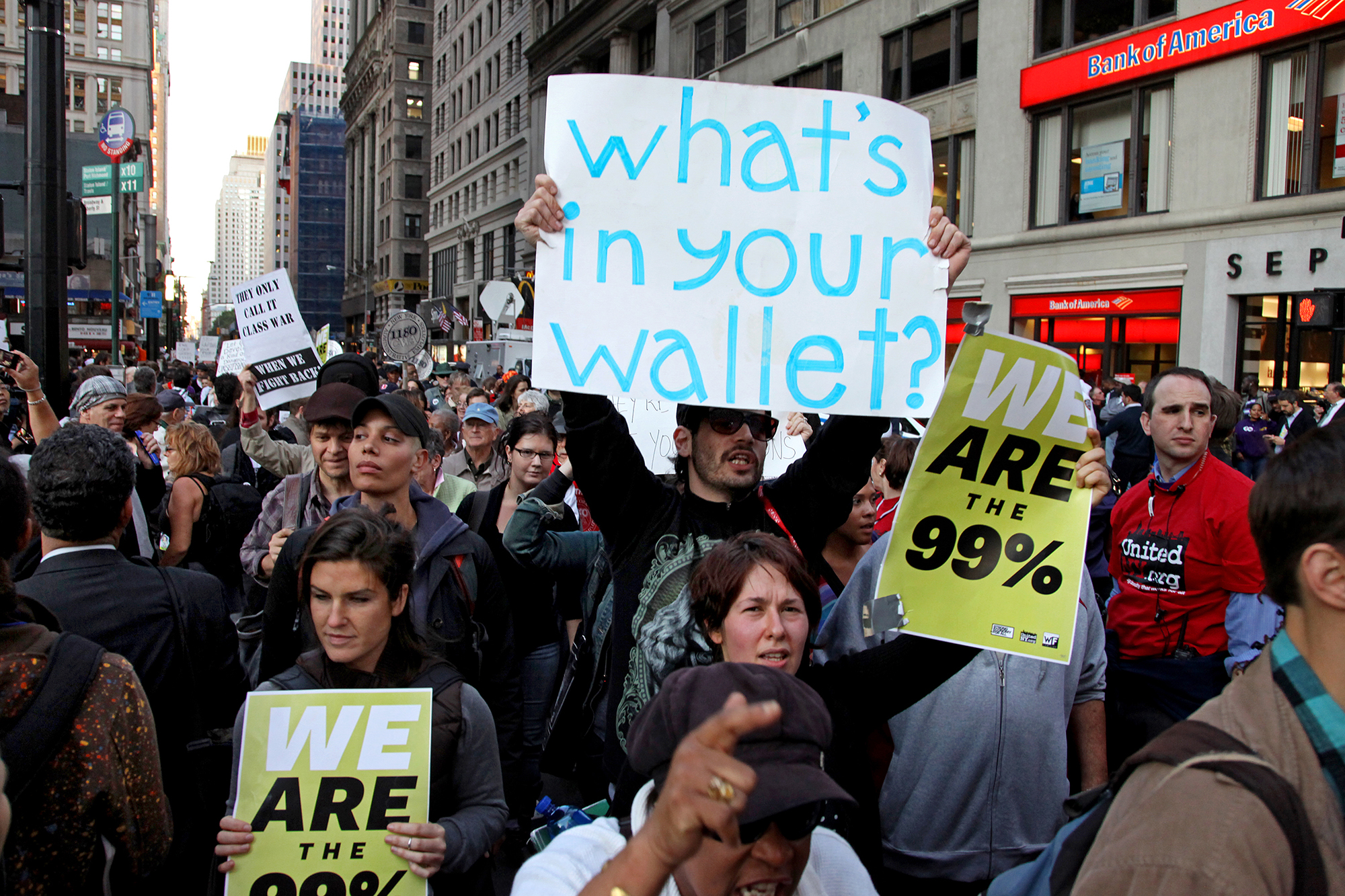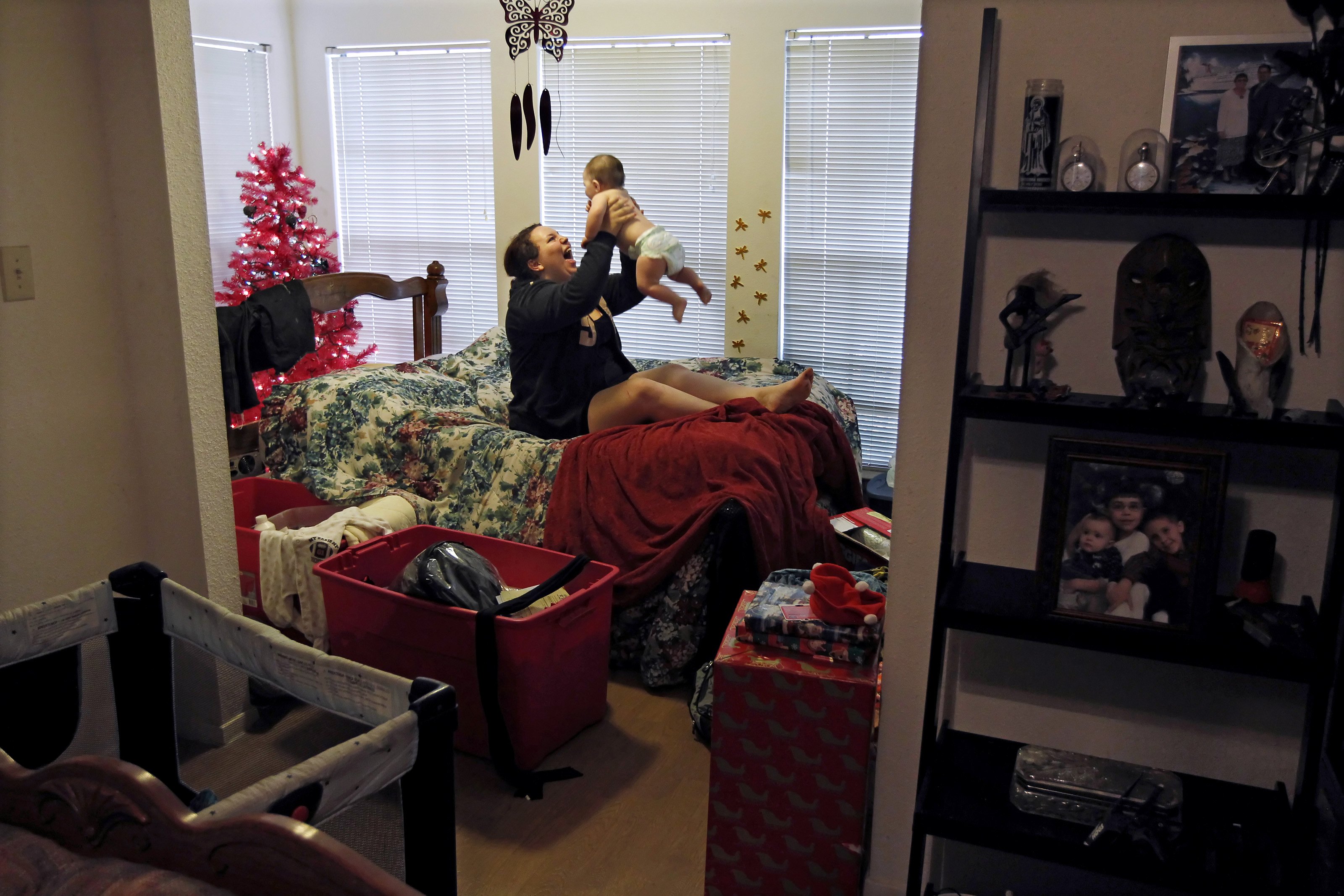Last week the Census Bureau released new data that showed one of the largest single-year declines in poverty in almost 50 years. This is certainly news to celebrate, but it’s important to remember that poverty for some groups—particularly young children—persists at unacceptable rates. Nationwide, more than 1 out of every 5 infants and toddlers lives in poverty. For children of color, the numbers are even worse: 30% of Hispanic children, and nearly 40% of African American children under the age of four live in poverty.
Get TalkPoverty In Your Inbox
This has serious consequences, both for the individual children and for the country as a whole. The infant and toddler years are a critical time period for child development, and they can shape a person’s outcomes for the rest of their lives. And since our country is growing more diverse every year—the majority of young children are now children of color—the soaring poverty rates among children from diverse backgrounds is risking our long-term economic stability.
Home visiting programs, which connect families with trained professionals who help create healthy and safe home environments, are proven to directly address many of the harmful impacts of poverty before the effects take hold. The benefits are dramatic—families who voluntarily participate in these programs have improved child and maternal health, increased school readiness, prevented child abuse and neglect, and reduced participation in the juvenile justice system.
Here’s how it works
When parents bring their baby home from the hospital, they don’t come with a handbook. Home visiting aims to be the next best thing, by connecting parents and families with professionals—who may be nurses, social workers, or other trained parent educators—in their own homes through regular visits. Home visitors partner with parents to develop strong parenting skills, ensure child and family safety, and access other community resources and social services.
The services families receive during a home visit can vary depending on the specific needs of the family. A home visitor may work with a new mom to help her understand the importance of breastfeeding, or how praising a child can reinforce positive behavior. They may screen for signs of child abuse and neglect or domestic violence, and refer families to other health and social services. Home visitors will also help parents to set goals for the future—they might work together to develop a plan to go back to school, look for a job, or identify safe and reliable child care.
The results are impressive
Home visiting programs have been proven to benefit everything from child and maternal health, to increasing school readiness, to reducing child abuse and neglect. In 2014, 70% of federal home visiting program grantees saw reductions in the rate of tobacco, alcohol, and illicit drug use among enrolled mothers. Similarly, 79% of grantees saw an increase in the household income of families participating in home visiting, and 76% saw an increase the rate at which women and families are screened for domestic violence.
These programs are so effective that they end up saving taxpayers money in the long-run. For example, improved health among participating families can lead to Medicaid savings by reducing health care costs, and improved school readiness can boost a child’s academic achievement later in life and lower participation rates in special education. In fact, for every dollar invested in these programs, we see a return of up to $5.70 in reduced federal and state costs and social benefits.
But it doesn’t reach enough people
Home visiting only reaches a small portion of families living in poverty. In 2015, 145,500 children and parents—less than 10% of families in poverty across the US—received federally-funded home visits. Even when home visiting services are available, many of the people who would benefit are unaware that they exist or unfamiliar with how they work.
What’s worse, federal funding is at risk of expiring if Congress fails to act. The Maternal, Infant, and Early Childhood Home Visiting, or MIECHV, program is the single largest funding source for home visiting—it’s the only guaranteed source of funding in all 50 states, and it provides $400 million per year to expand evidence-based programs. Since it was established in 2010, MIECHV has expanded home visiting programs so that they now reach families in every state, the District of Columbia, and 5 territories across the United States. After the original authorization ended in 2014, MIECHV received two short-term reauthorizations—the most recent of which is slated to run out at the end of September 2017.
Where do we go from here?
Without action from policymakers, the families who currently participate in the federal home visiting program may lose a critical source of support. Worse yet, millions of others will never benefit from a highly effective program. In many states, MIECHV is the only source of financial support for home visiting, and without it services would disappear.
Rather than letting a highly effective program expire, Congress should increase MIECHV funding and extend the program for a minimum of five years. That way the program will reach more of the families who need it, and states will be able to focus on providing services rather than worrying about finding sustainable funding.
As we see from last week’s Census data release, there are still too many young children and children of color bearing the burden of poverty. In the long run, this will only exacerbate inequality and harm our country’s economic outlook. Home visiting has the potential to address inequality before its effects are realized—if the program is given a chance to succeed.












